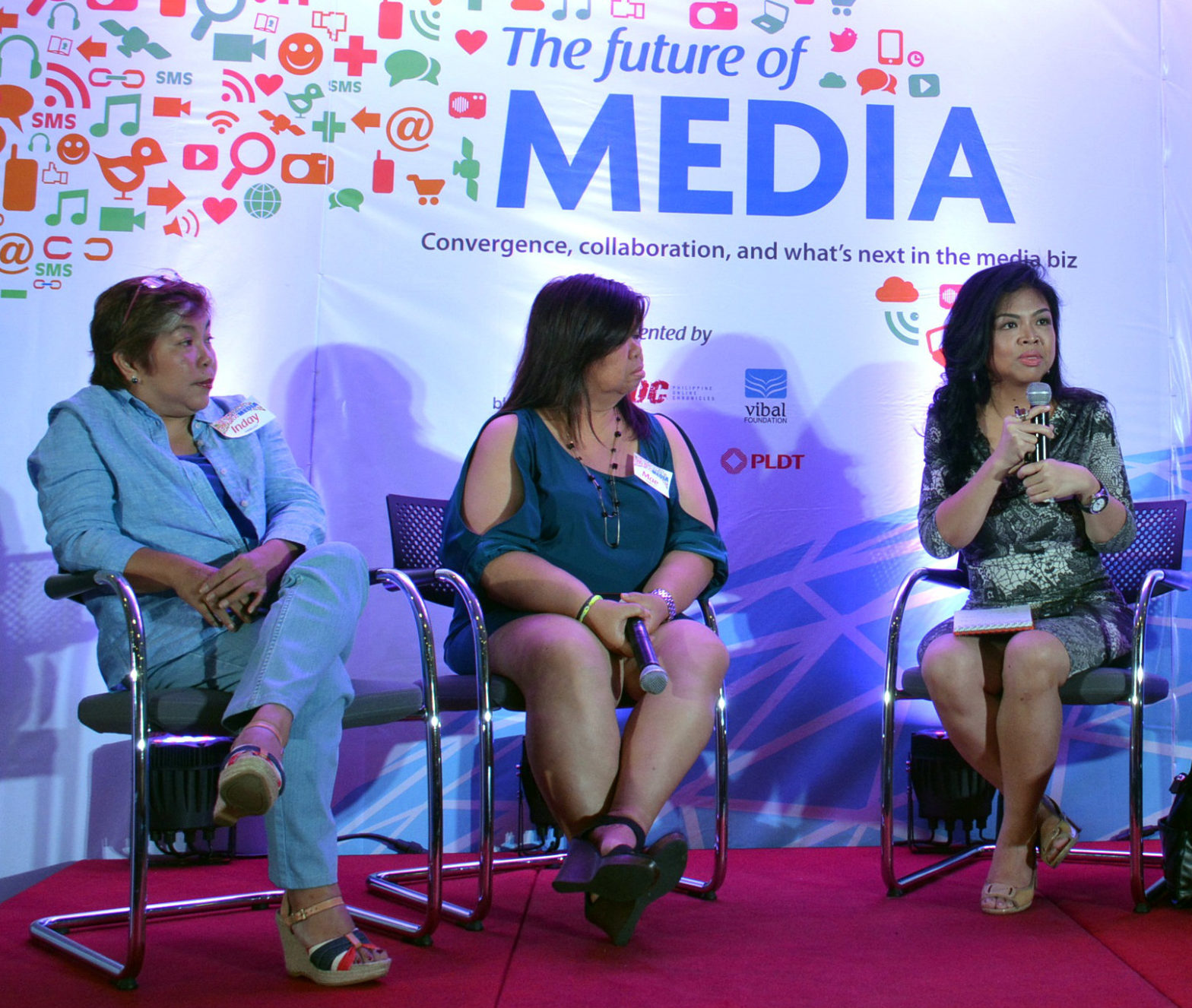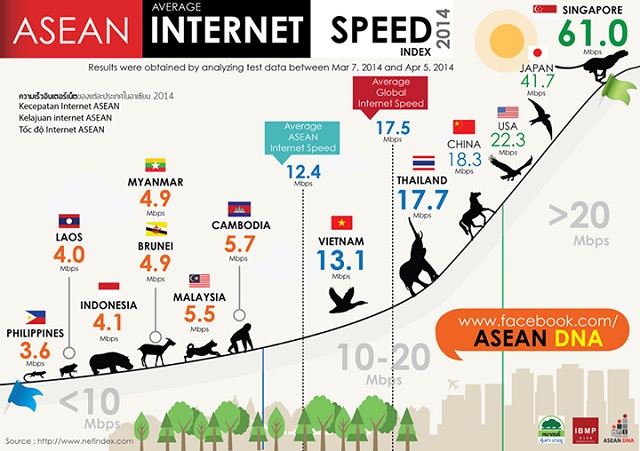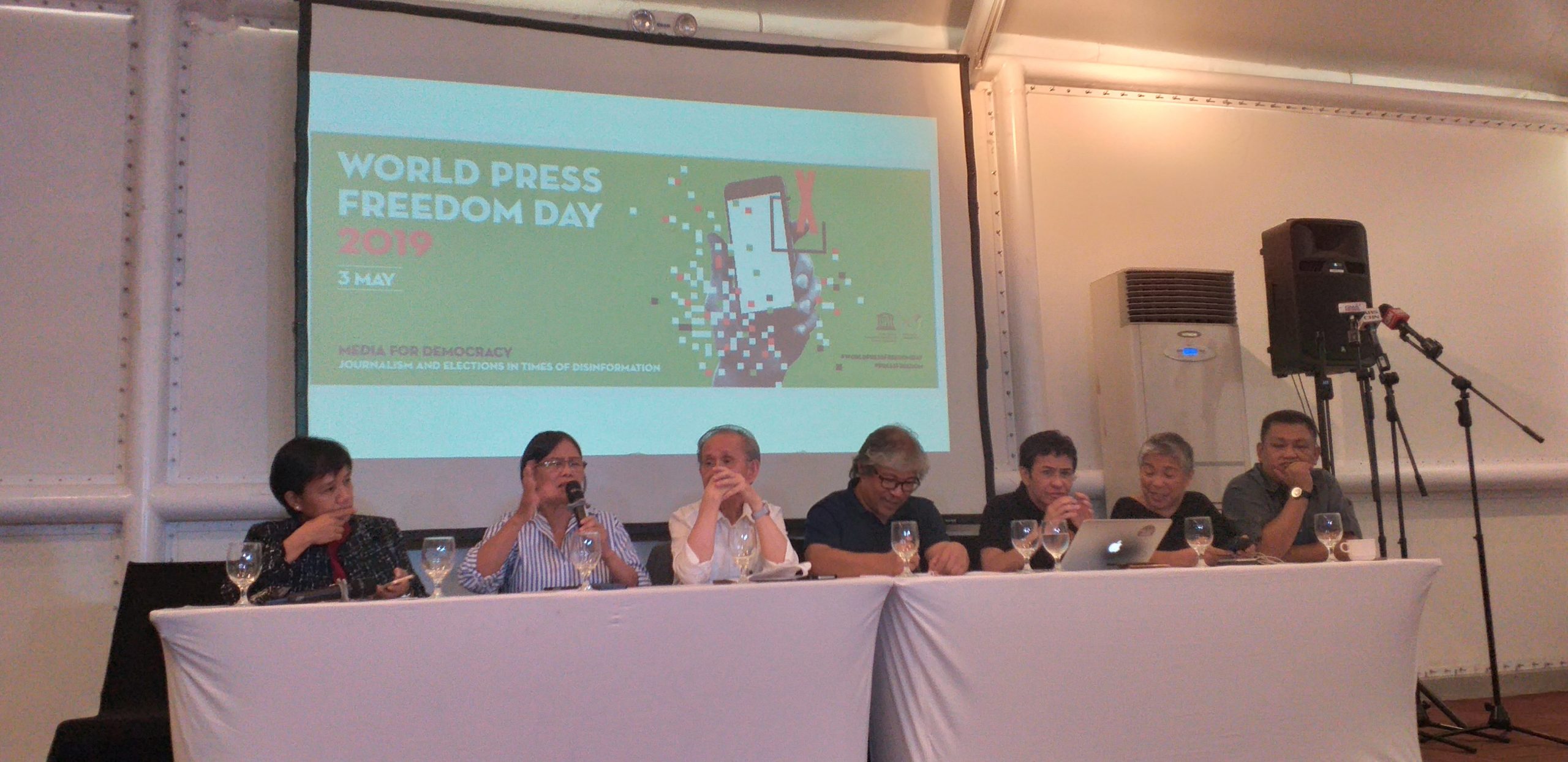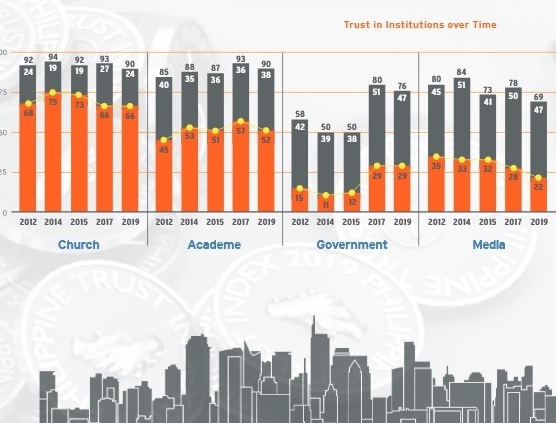By JANE DASAL and KIERSNERR GERWIN TACADENA
THE future of media certainly rests on convergence, but it’s not only convergence of media platforms.
Social advocates say the press needs to work or “converge” with certain sectors to go beyond what’s trending and push for “unpopular” stories to stay relevant.
“It’s easy to be popular but…if you want to be influential, if you want to cause change and influence agenda, choose the ‘underadvocated’ (issues),” Amor Maclang, co-founder of Geiser Maclang Marketing Communications, told the Future of Media forum on Tuesday.
The medium—print, radio, TV or online—is only secondary to issues that journalists should be writing about, she said.
“Let’s find a way to complement each other’s strengths and push for an agenda,” Maclang said. “We must not be fickle about our advocacies. Let us not just talk about what is trending.”
Maclang gave as examples underreported issues like the Zamboanga siege and the Bohol earthquake, disasters that have been largely ignored by mainstream press since supertyphoon “Yolanda” struck the country.
The 21-day siege in Zamboanga by the Moro National Liberation Front in September displaced 23,794 families while the 7.2 magnitude earthquake which struck Bohol on Oct. 15 killed 222 and affected 3.2 million people.
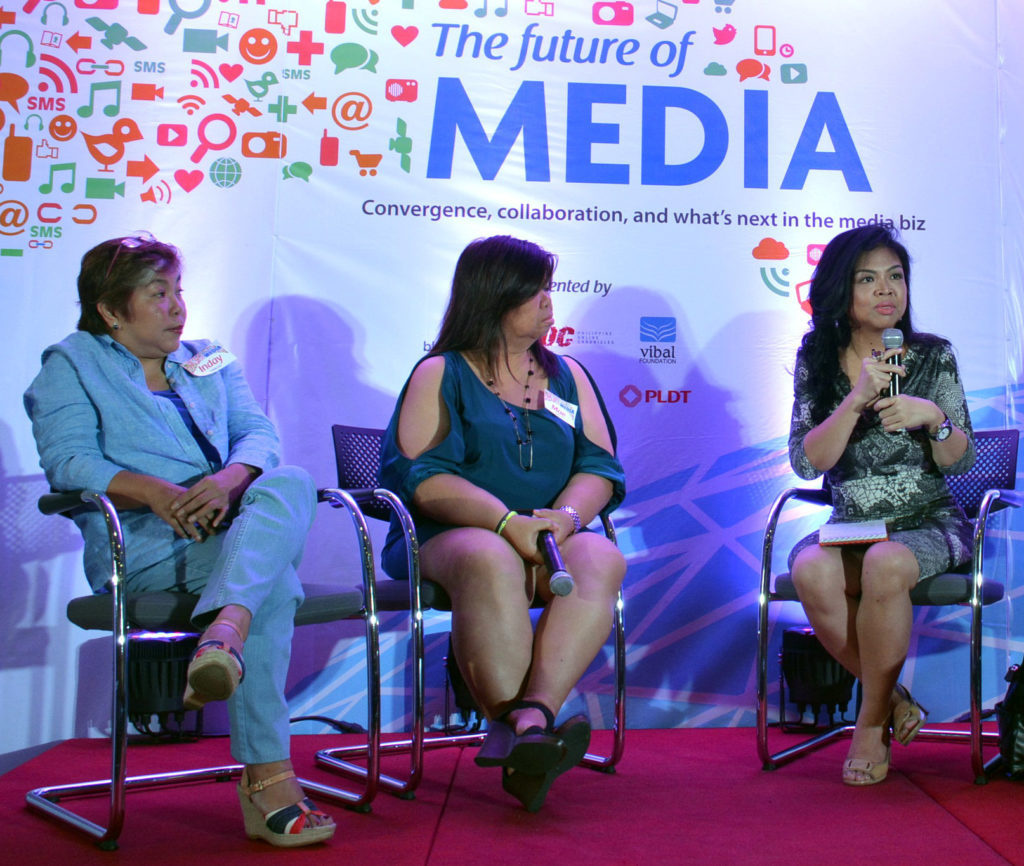
Maclang said it is even more important to highlight concerns that are often overlooked because this will help engage people affected by the issues.
“We must use engagement, especially in areas vulnerable to conflict,” she said.
Maclang added the rise of the social media has made advocates “responsible for content creation.” The power structure has shifted because media share the gatekeeping function with everyone.
Change.org Philippines head Inday Espina-Varona agreed that in pushing for an agenda, advocates should rely on different platforms.
“Pitch your messages to both the social media and the traditional media because in the provinces the people still largely use the radio and television,” she said in the forum organized by Vibal Publishing and Blogwatch.
The National Commission on Culture and the Arts reported that in the Philippines, radio penetration in the country is at 85 percent while television penetration is less than 60 percent.
Art Samaniego, technology editor of the Manila Bulletin, warned that while social media sites like Twitter are the main sources of news, the audience should be able to tell which news is unreliable or inaccurate.
“People will be going back to trusted news organizations because we can give you more than what you see online,” he said.
While participants agree that new media is the future, this platform relies on Internet connectivity, of which 80 percent of Filipinos do not have access to. Those who do have access make do with the slow speed.
Solar News anchor Pia Hontiveros said the Internet speed and penetration in the Philippines are not at par with its neighboring countries.
According to the National Statistical Coordination Board of the Philippines, the Philippine’s Internet penetration rate in 2013 has risen 2 percent since 2000, or now at 36 percent.
In the latest Association of Southeast Asian Nations Infographic on the Average Internet Speed Index for 2014, the Philippines with Internet speed of 3.6 mbps lagged behind 14 other Asean countries.
Hontiveros said a faster Internet and its accessibility to the poorest communities should be a priority of the government.
“If the World Wide Web made the world a smaller place, why can’t we dream the same thing for our 7,100-plus islands?” she said.
(The authors are University of the Philippines students writing for VERA Files as part of their internship.)
